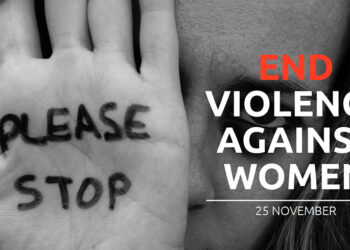Human Lives Human Rights: Women and girls are usually trafficked for the purpose of sexual and economic exploitation, particularly prostitution and pornography, forced labor, including for work in commercial agriculture and domestic work, arranged marriages or to be ‘sold’ as brides, recruitment for participation in hostilities and such related purposes as sexual services, portage and domestic functions in conflict situations.
Women’s and girls’ experience of trafficking is different to that of men and boys. Women and girls tend to suffer a disproportionately heavy impact, whereas trafficked men find it difficult to access existing programmes for victim assistance. This requires the inclusion of gender equality principles in the formulation and implementation of legislation and programmes aiming at the prevention of human trafficking.
Factors that undermine the ability to protect oneself or that disrupt connections to social and family support increase susceptibility to coercion.
Variables that contribute to a person’s vulnerability to being trafficked include: membership in a marginalized group; prior victimization and trauma; disabilities; immigrant or refugee status; and family disruption. These may be magnified by globalization, poverty, political instability and war. Trafficking leaves both visible and invisible scars.
Trafficked women and girls encounter high rates of physical and sexual violence, including homicide and torture, psychological abuse, horrific work and living conditions, and extreme deprivation while in transit.
Among these serious psychological problems caused by trafficking, including anxiety, depression, self-injurious behavior, suicidal ideation and suicide, drug and alcohol addiction, post-traumatic stress disorder (PTSD), dissociative disorders and complex PTSD.
Physical symptoms among trafficking victims include neurological issues, gastrointestinal disturbances, respiratory distress, chronic pain, sexually transmitted diseases (including HIV), uro-genital problems, dental problems, fractures and traumatic brain injuries.
In order to effectively combat trafficking, psychologists and policy makers must collaborate to better understand the deleterious risks of trafficking and exploitation, and prevention and intervention strategies for vulnerable populations.


















